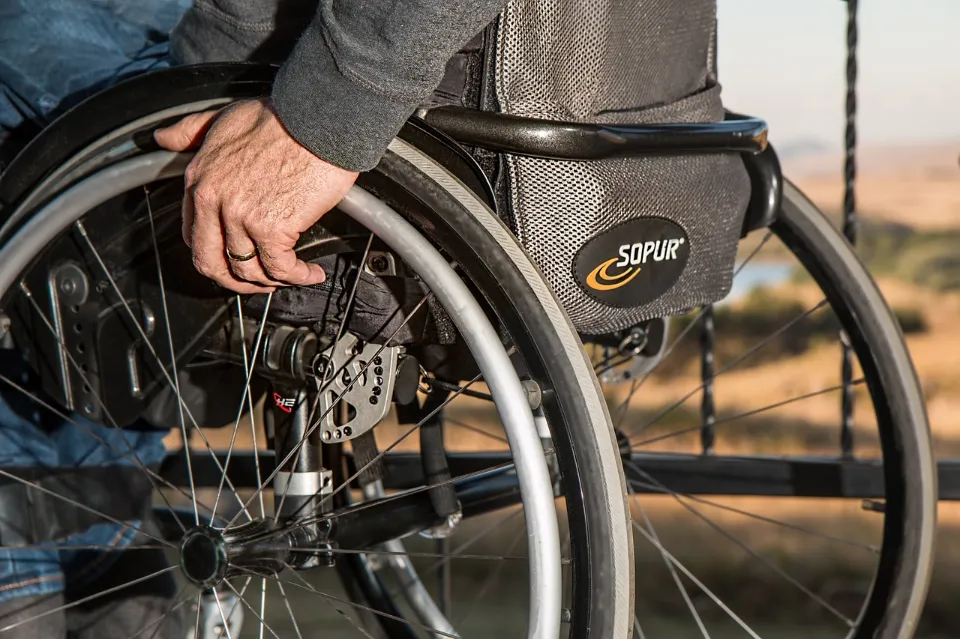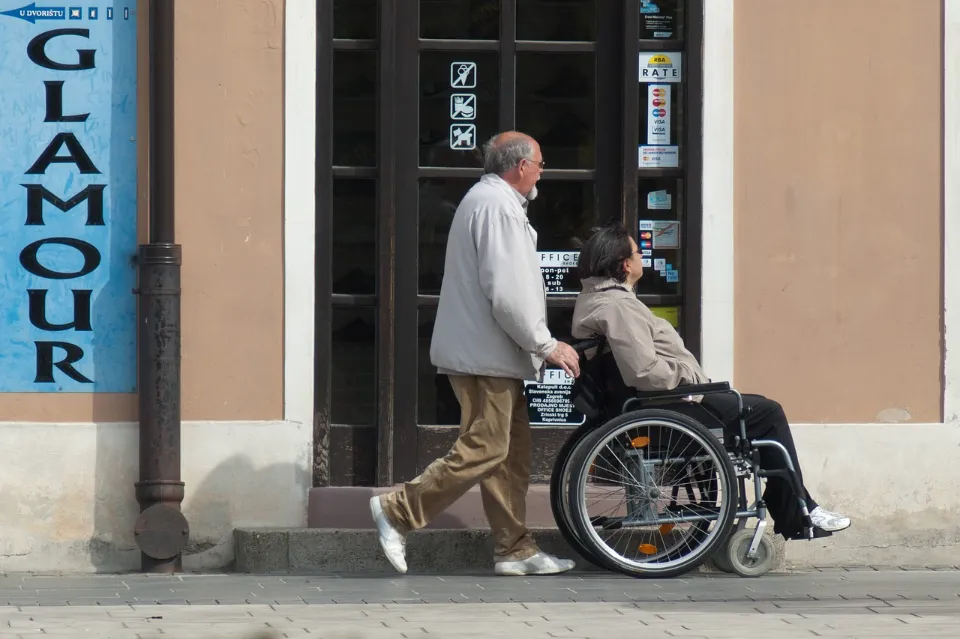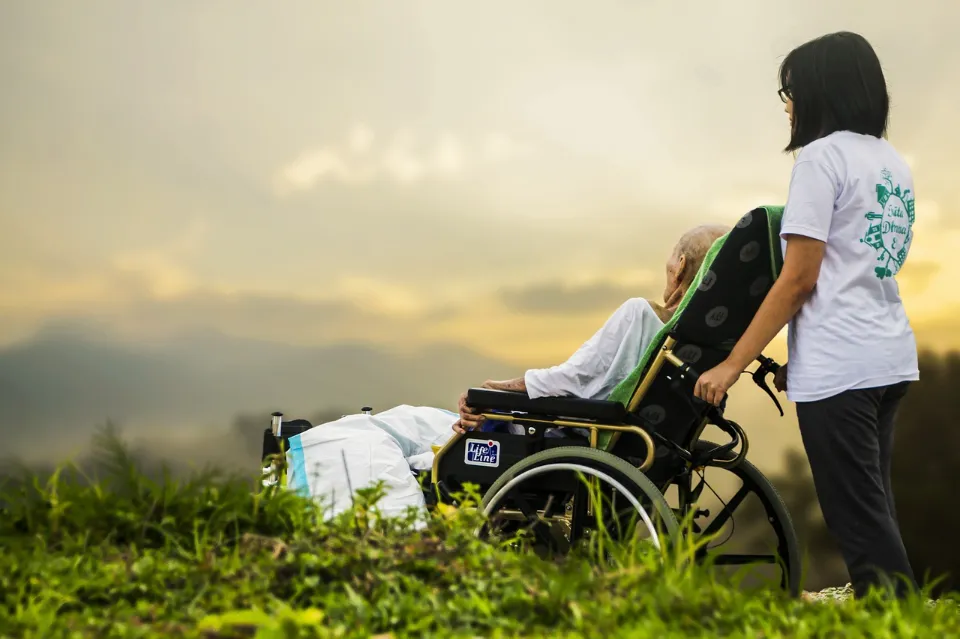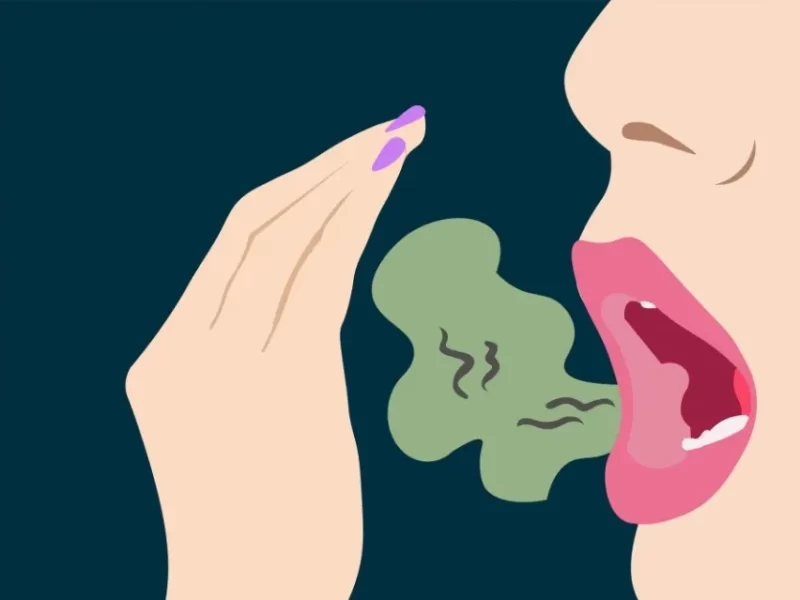Learning how to care for a stroke victim at home can be a challenging but rewarding experience. Those who have survived a stroke may have a variety of abilities and limitations. Family members and other caregivers may have to provide varying levels of care as a result.
The fundamental guidelines for caring for a stroke survivor at home nevertheless remain the same: help the survivor with daily tasks as required, offer emotional support, and take actions to hasten recovery. Furthermore, it’s critical that family members and other caregivers take preventative measures to minimize any potential medical issues survivors may face.
Remember that the level of care will differ based on the severity of the stroke-related impairment. Here are some common steps that are often part of a common care plan.
Related: Can A Stroke Kill You? It May! – Elder VIP
A Brief Overview of a Stroke
According to the World Stroke Organization, over 14 million people experience a stroke each year. It is the fifth most common cause of death for people between the ages of 15 and 59, and it is the second leading cause of death for people 60 and older. Numerous stroke victims experience a post-stroke disability that impairs their quality of life and places a financial and emotional burden on them as well as their caregivers.
A stroke may result from a variety of factors, but they typically occur suddenly and unexpectedly. If a person has medical conditions or is genetically predisposed to heart attacks, their risk of having a stroke increases. Here are the different types of strokes which give doctors the information they need to find the best treatment for each patient:
- Mild Stroke – This condition, also known as a Transient Ischaemic Attack (TIA), happens when there is a temporary interruption in the blood supply to the brain. Within 24 hours, the minor side effects and symptoms are gone. People who have TIAs should get medical help right away because they run the risk of having a stroke within 48 hours.
- Ischaemic Stroke – The vessel supplying the brain with blood and oxygen becomes blocked, resulting in the most common type of stroke. As a result, the brain’s tissues are deprived of oxygen and nutrients, which kills brain cells within minutes.
- Hemorrhagic Stroke – Accounts for 13% of strokes and occurs when weakened blood vessels rupture and bleed into surrounding areas of the brain, depriving brain cells of nutrient and oxygen. A buildup of pressure from the bleeding may cause irritation and swelling, which can cause further brain damage.

The Side Effects of a Stroke
Depending on the affected area of the brain and how long there was no blood flow, stroke patients may experience short-term or long-term disabilities. Stroke symptoms that may last a few months include facial drooping, weakened muscles, and mobility imbalance. Having trouble swallowing, speaking, or walking are frequent long-term effects of a stroke. Some patients may be unable to perform basic functions, move independently, and lose their basic motor skills or coordination, resulting in the need for crutches or wheelchairs to aid them in their daily activities.
Deal With a Stroke Patient at Home
Family members can take a number of actions to get ready for a stroke survivor’s arrival and care even before they go home. Making adjustments to the home environment and talking through practical issues and worries with medical professionals can ease the transition home.
The following list outlines some of the best ways to prepare for a stroke survivor returning home:
Consult a Doctor
While doctors and nurses are crucial members of a survivor’s medical team, their physical, occupational, and speech therapists have a thorough knowledge of the survivor’s capabilities and limitations. Assessment of one’s capacity to engage in daily activities is a specialty of occupational therapists in particular.
Therefore, occupational therapists may have great insight into what types of assistance a survivor may need upon returning home. In addition, they can recommend the best adaptive equipment to family members.
Changing Home Decoration
Stroke survivors are often at a high risk of falling due to hemiplegia (weakness on one side of the body), balance problems, or one-sided neglect
Common home modifications include installing grab bars and non-slip mats, decreasing clutter, and removing floor mats and cords from walkways. To discuss which home modifications might be most suitable, an occupational therapist can be a great resource.
Teaching Practical Skills
There are a number of techniques that caregivers and stroke survivors may use to complete their activities of daily living. Some of the most common include:
- When necessary, use adaptive technology. Occupational therapists frequently suggest various forms of adaptive technology to increase independence with daily activities. In addition to easing the burden on the caregiver, this can boost the survivor’s outlook and sense of self.
- Lighthouse method. Encourage survivors with one-sided neglect or visual field cuts
- Jot down or post visual reminders. Family members and caregivers may discover that using post-it note reminders or pictures of daily activities can help survivors be more independent if they are experiencing cognitive difficulties. To remind the survivor to brush their teeth and hair, for instance, a post-it note could be placed on the bathroom mirror.
Among other things, these compensatory strategies can ease the burden on caregivers and boost stroke survivors’ self-efficacy, making the experience better for everyone. With the help of an occupational therapist, additional compensatory strategies to boost independence can be learned.
Encourage Movement
Many stroke patients experience mobility impairments, but these can gradually get better with regular movement and exercise. Those who have suffered a stroke should regularly engage in even simple exercises like walking. This will help to bring back muscle memory and strengthen motor skills.

Memory Training
For stroke victims, depression is a common occurrence that can impede their ability to recover. One way to stop this is to concentrate on making good memories with them, spend as much time as you can outside in nature, and, if necessary, seek advice from a healthcare professional to create a plan of action.
Take Care of Yourself
If you don’t take the time to look after yourself, how can you expect to look after a loved one? It’s imperative to take breaks, make time for rest and relaxation, eat well, exercise, and ask for help when you need it.
Final Thoughts
After the first three months of recovery, most stroke victims reach a plateau. This does not imply that the survivor has made a full recovery, though. Neurological changes stabilize after a few months, but functional improvements can last a lifetime. Even decades after a stroke, the brain is capable of change and healing. Therefore, the recovery process is still ongoing even though it appears to be slowing down. The road to recovery is not always smooth, and many survivors run into obstacles. The potential for improvement is always present, though, if people keep working on their recovery.
FAQs
What is the Average Lifespan After a Stroke?
Unfortunately, researchers have observed a wide range of life expectancy changes in stroke patients, but the average reduction in lifespan is nine and a half years.
What Activities to Do With Stroke Patients?
Jigsaw puzzles, crosswords, sudoku, playing board games, and video games are all examples of puzzles and games. Reading – books or newspapers or magazines. Needlecraft: books, newspapers, or magazines (some of which may be available in audio or large print formats). Participating in or watching sports and exercise.



